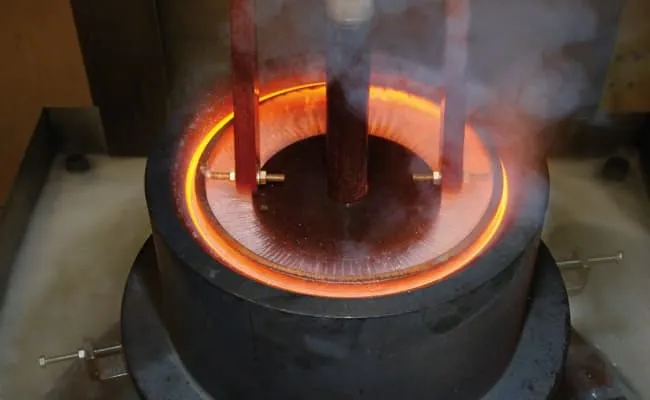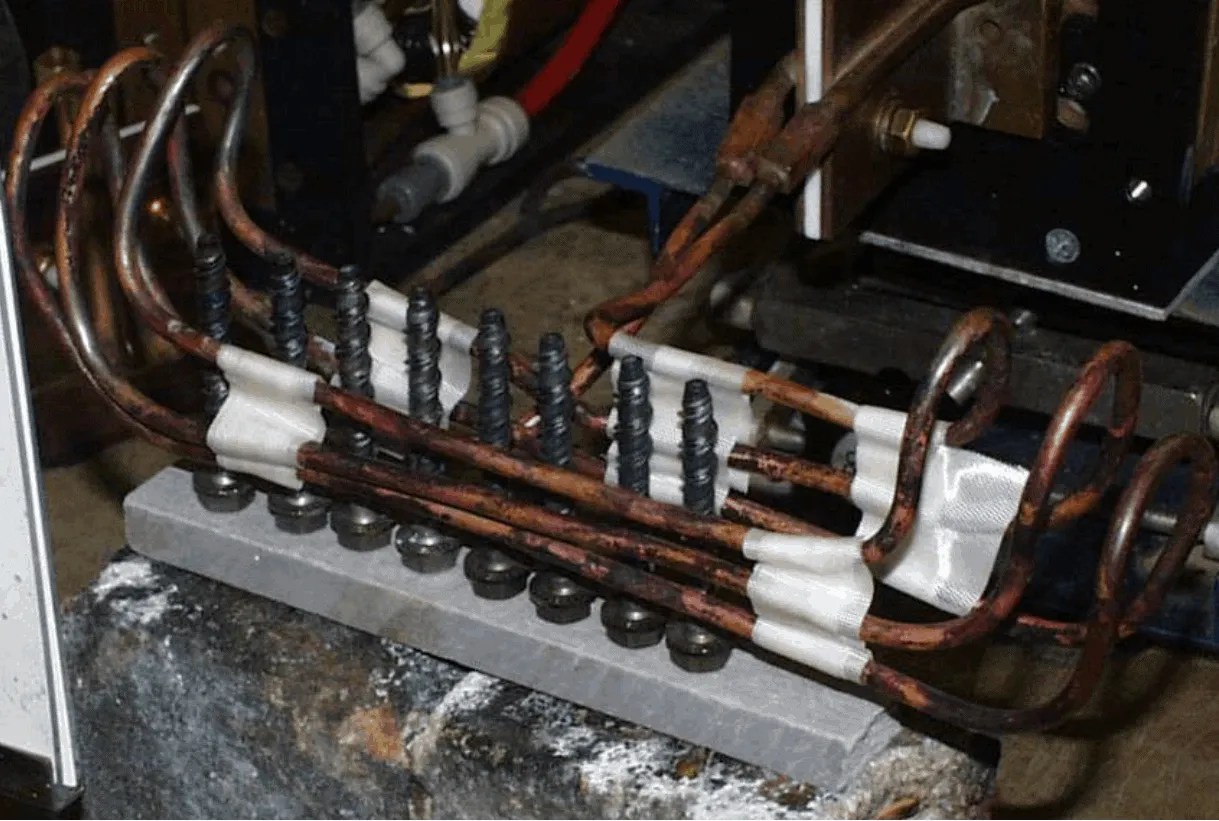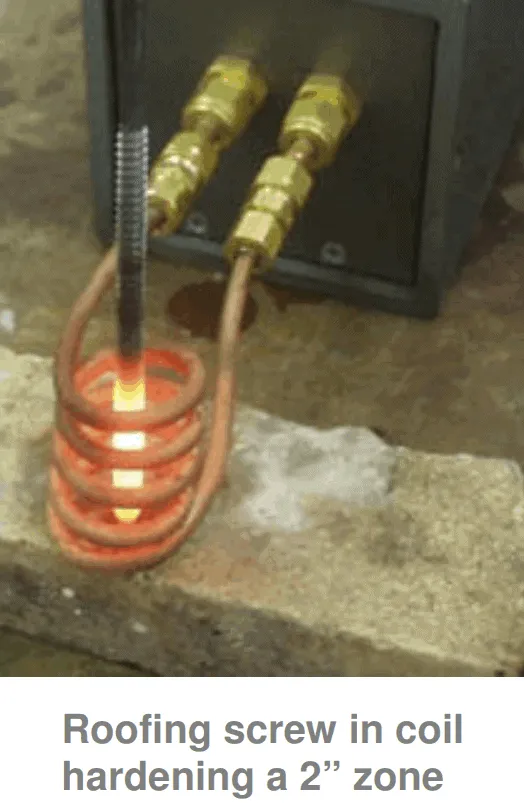What is induction hardening?
Induction hardening uses induced heat and rapid cooling (quenching) to increase the hardness and durability of steel.Induction heating is a no-contact process that quickly produces intense, localized and controllable heat. With induction, only the part to be hardened is heated. Optimizing process parameters such as heating cycles, frequencies and coil and quench design results in the best possible outcomes.
What are the benefits?
Induction hardening boosts throughput. It is an extremely fast and repeatable process that integrates easily into production lines. With induction it is usual to treat individual workpieces. This ensures each separate workpiece is hardened to its own precise specifications. The optimized process parameters for each workpiece can be stored on your servers. Induction hardening is clean, safe and typically has a small footprint. And because only the part of the component to be hardened is heated, it is extremely energy-efficient.
Where is it used?
Induction heating is used to harden numerous components. Here are just a few of them: gears, crankshafts, camshafts, drive shafts, output shafts, torsion bars, rocker arms, CV joints, tulips, valves, rock drills, slewing rings, inner and outer races.




